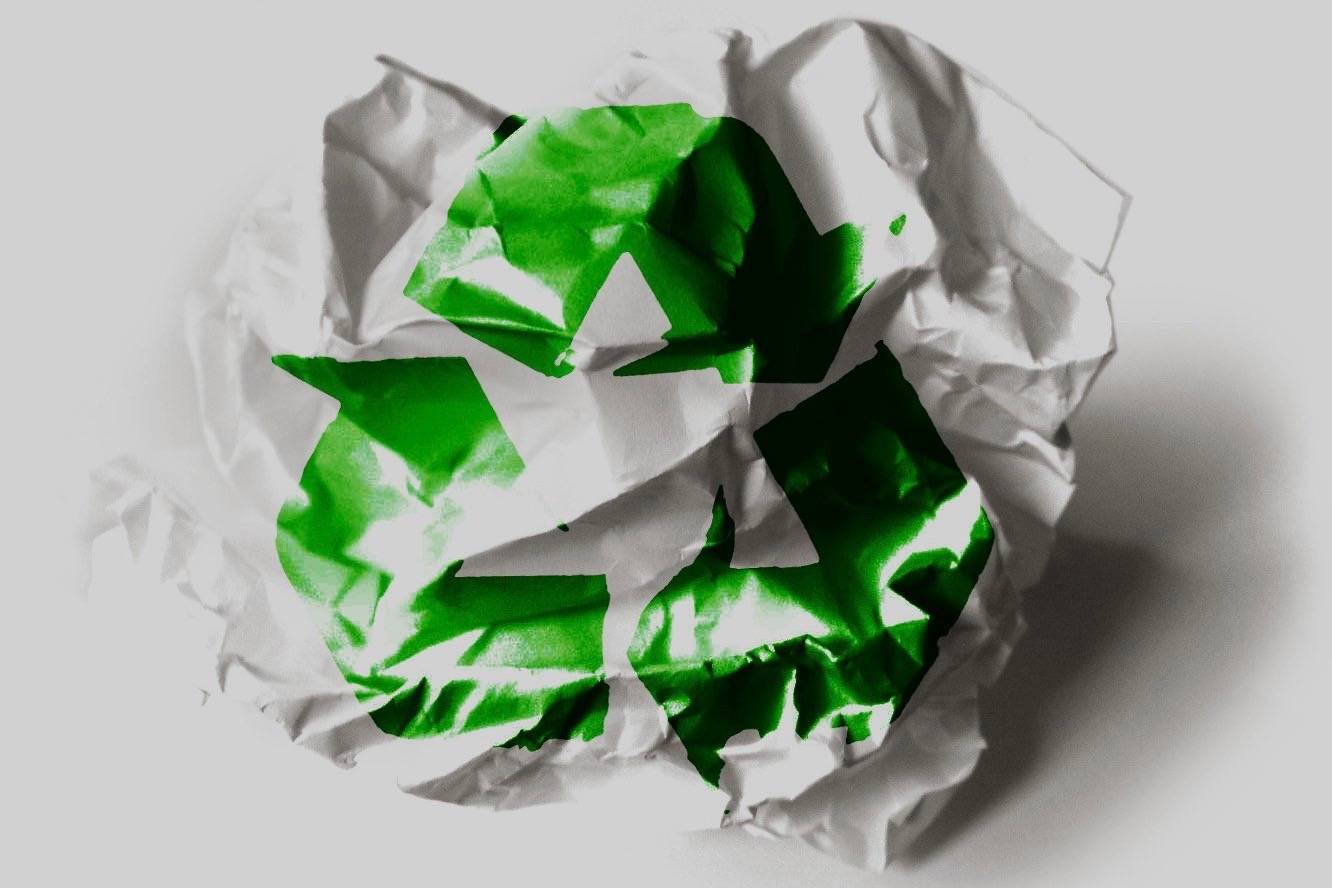For many residents in Auburn, recycling isn’t a chore, it’s a life value.
These folks study their recycling guide and prepare recyclables accordingly, but many still wonder what happens to all that stuff after it goes into the blue cart. This month our team takes you behind the scenes at the recycling center to de-mystify the recycling process.
Here’s how it works.
Recyclables collected at the curb are transported to a recycling sorting center. In the industry, we affectionately refer to these facilities as MRFs (Materials Recovery Facilities), and it’s here that the real magic happens. We use a combination of advanced technology and manual-sorting staff to separate the materials. A series of conveyor belts takes recyclables through a highly organized maze of magnets, screens, storage bunkers and bins.
It’s easy to get lost in all the action at the MRF, so here are a few examples of sorting techniques:
• Spinning disc screens separate flat objects from containers. Rows of spinning gears allow paper and cardboard to “surf” along the top, while bottles and cans fall through gaps and onto belts below.
• Powerful magnets collect metal cans and safely deposit them in their own storage bunker.
• Optical sorters use a laser to scan and identify specific types of plastic. Our optical sorter looks for PET bottles (the kind generally used for water or for soda). When the machine identifies a bottle, a burst of air shoots it off the conveyor belt and into a separate container.
• Workers at the facility sort a few other materials by hand and provide quality-control support for the various machines.
Once all the materials have been properly separated, we compact them into bales and ship them to manufacturers who process the materials into new products. It takes just 60 days for your soda can to be back in action as a new can, and that empty detergent bottle could come back as a park bench or part of your fleece jacket. Depending on the type of material, the end market could be local, in a neighboring state, or across the globe. Team WM develops relationships with a broad range of manufacturers to ensure all recyclables have a bright new future.
So, how can super recyclers support this process? By recycling only items listed on the guidelines (all bottles, cans, paper and cardboard), and making sure they are placed loosely into the recycling cart. Plastic bags can damage equipment and cause safety hazards to workers because they easily get tangled up in the sorting equipment.
If you are interested in learning more about the recycling process, take a peek at our video of the Cascade Recycling Center in action here or schedule a free facility tour.
Hannah Scholes is Waste Management’s education and outreach manager. Help clean up recycling with tools and tips at RecycleOftenRecycleRight.com.


